New Quests Towards an Inner Journey
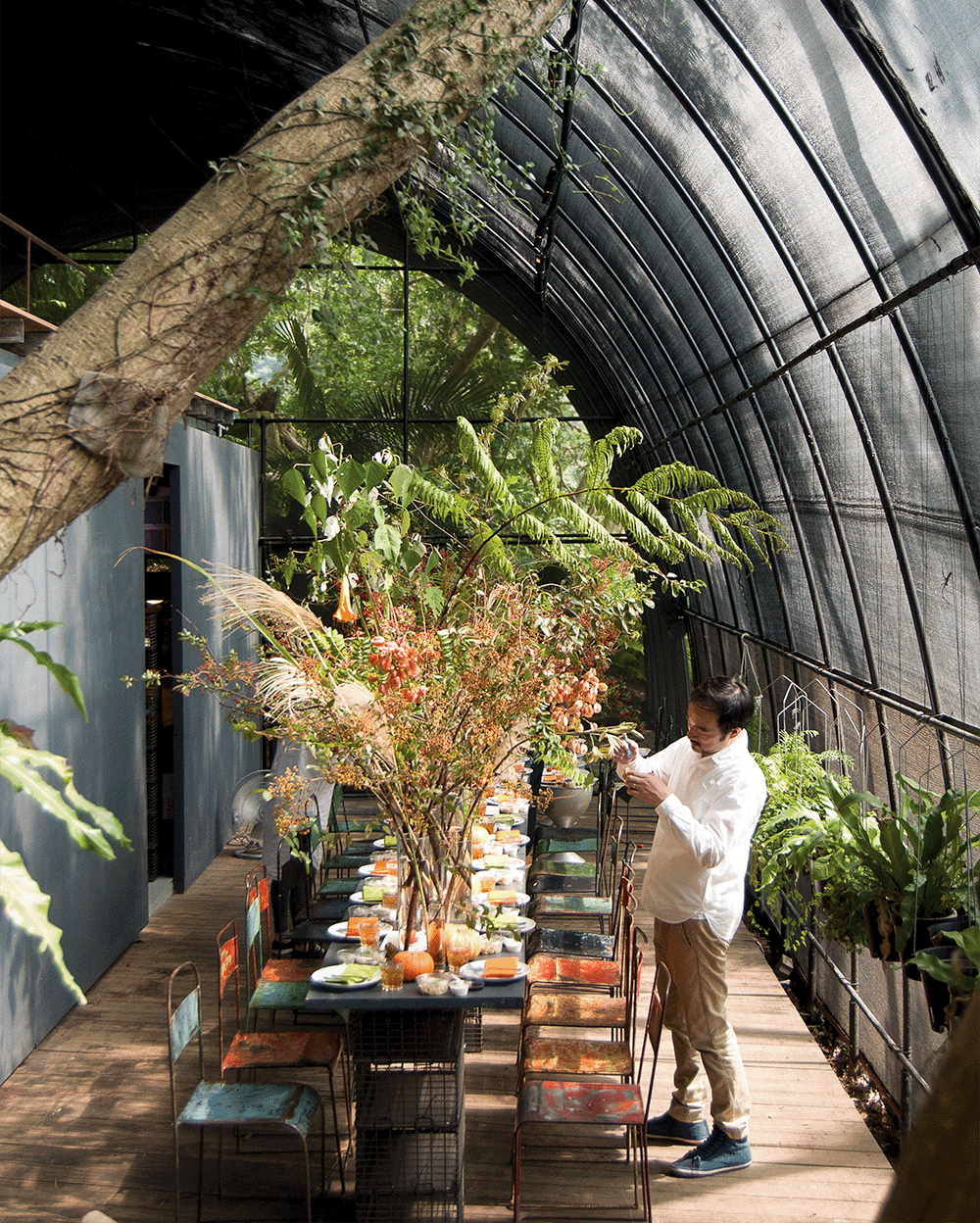
We feel our longing for nature more deeply each day. Especially for those living in metropolises, the intensity of the city, combined with the weight of the pandemic has brought to light a search for healing that we have always felt at our core. Healing doesn’t simply mean recovery after an illness, as may first come to mind. It is in fact, a spiritual, meditative quest. The version of healing that I often thought about before has now been replaced by questions of whether it would be possible to heal with design, architecture, and landscape, especially during the days of quarantine. The therapeutic properties of spatial designs may be seen as an answer.

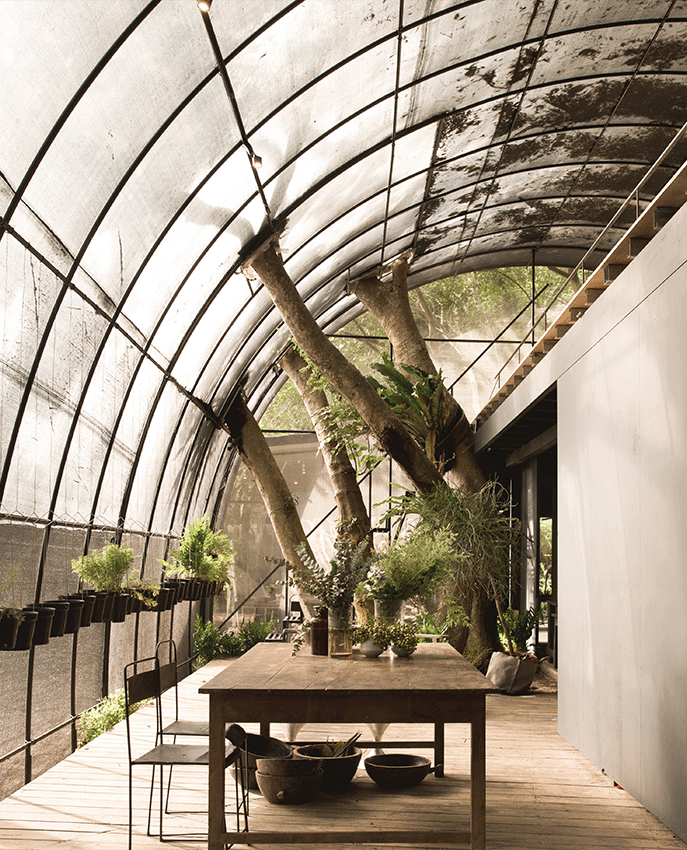
For healing to be possible, it is necessary to consider designs in which not just one, but where all emotions are triggered. Design solutions that consider active participation have an added potential to combine physical healing with spiritual healing. Moreover, it is possible to apply solutions in our homes with small touches. Aromatherapy and medicinal plants are used even in kitchens in this sense. Plants such as mint, rosemary, and basil, which are very easy to grow in pots, appeal to the sense of smell and enable active participation. The leaves can be plucked and added to the meals, and using a plant you grow in a dish you cook yourself brings with it a certain inner pleasure.
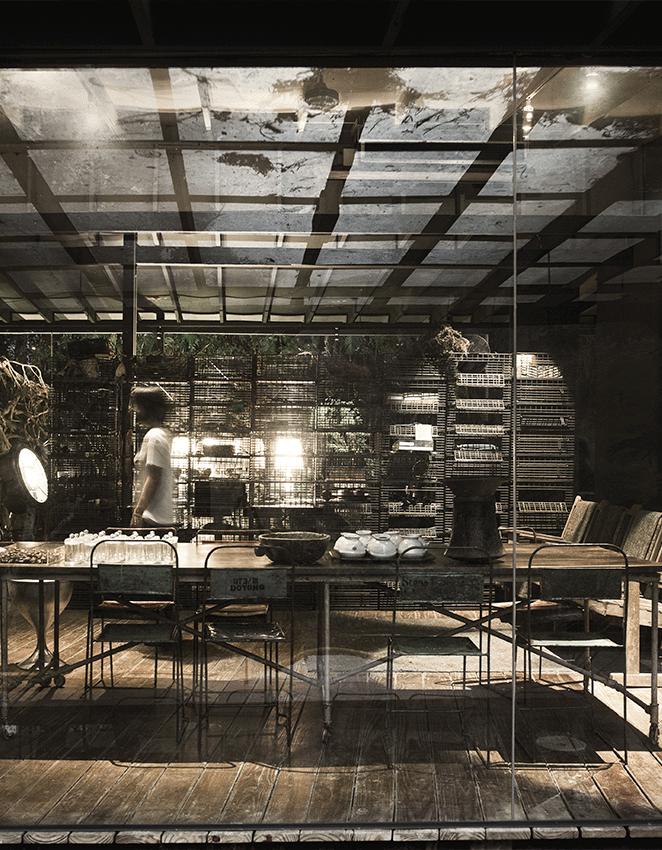
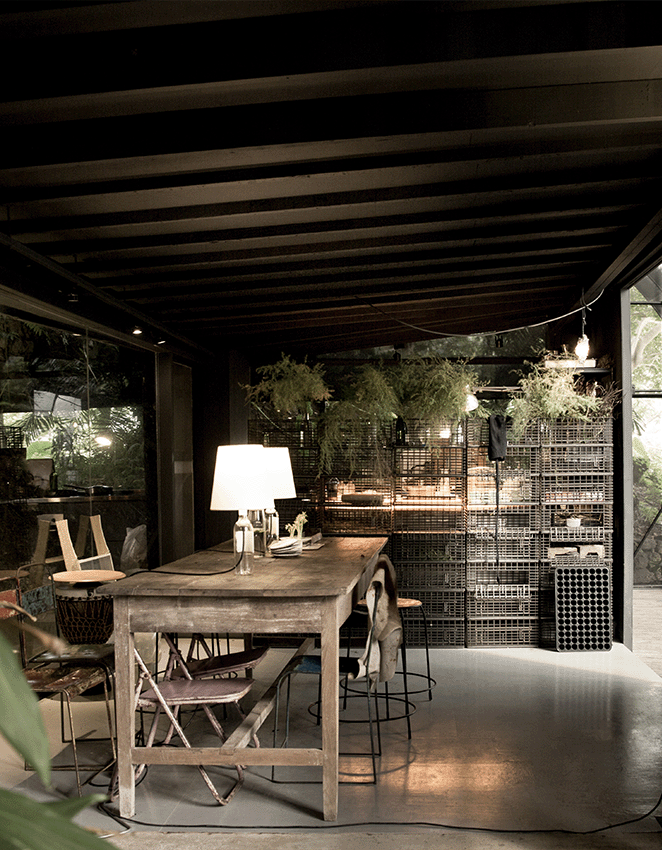
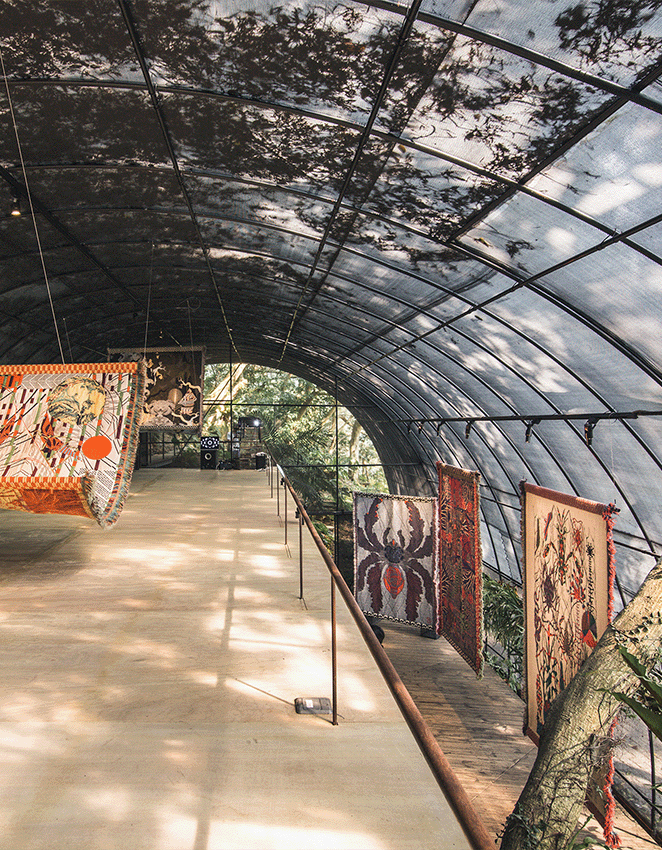
Therapeutic designs of indoor spaces can also offer a positive effect for healing. A window opening to a landscape, personalized surfaces, or living balconies instead of blank walls can increase the quality of life a space can offer. On the other hand, surfaces painted in natural tones or decorative solutions provided with wood, wicker and woven fabrics break artificiality and add a touch of nature. Perhaps another reason for this is that they convey a sense of experience to the spaces; because healing is, in a way, a subjective and internal journey. Therefore, the stronger the bond with the place, the stronger the spiritual and physical healing. This is the reason for the positive feeling one feels when going from an urban environment to a rural landscape, a village, or a vineyard house.
“Salutogenesis” is another emerging concept that appears in healing-based designs. First put forward by academician and sociologist Aaron Antonovsky, the concept etymologically comes from the Latin word “salus” meaning health and the Greek word ”genesis” meaning center (salutogenesis).
The approach, which Antonovsky describes as “healing-based”, points to physical and spiritual healing, and is implemented in many disciplines. In terms of design and architecture, the aim is that the design of salutogenic spaces will heal the user physically, and thus will support spiritual healing as well. Designs that include nature create a stronger salutogenic effect in this sense. Especially designs that are shaped with the landscape, and include it in the design process start to take on a new level of meaning. The space now turns into a “place”, perhaps triggered by a longing for nature embedded in our modern, urban culture.
In “places” enriched with positive memories, the salutogenic effect becomes fully visible and healing starts with the design. Moreover, this improvement does arise simply in a human-centered manner; Because the uniqueness of a design is not simply limited to the design of the space, it also requires a tolerant intervention to the natural environment, accepting and coexisting with it.
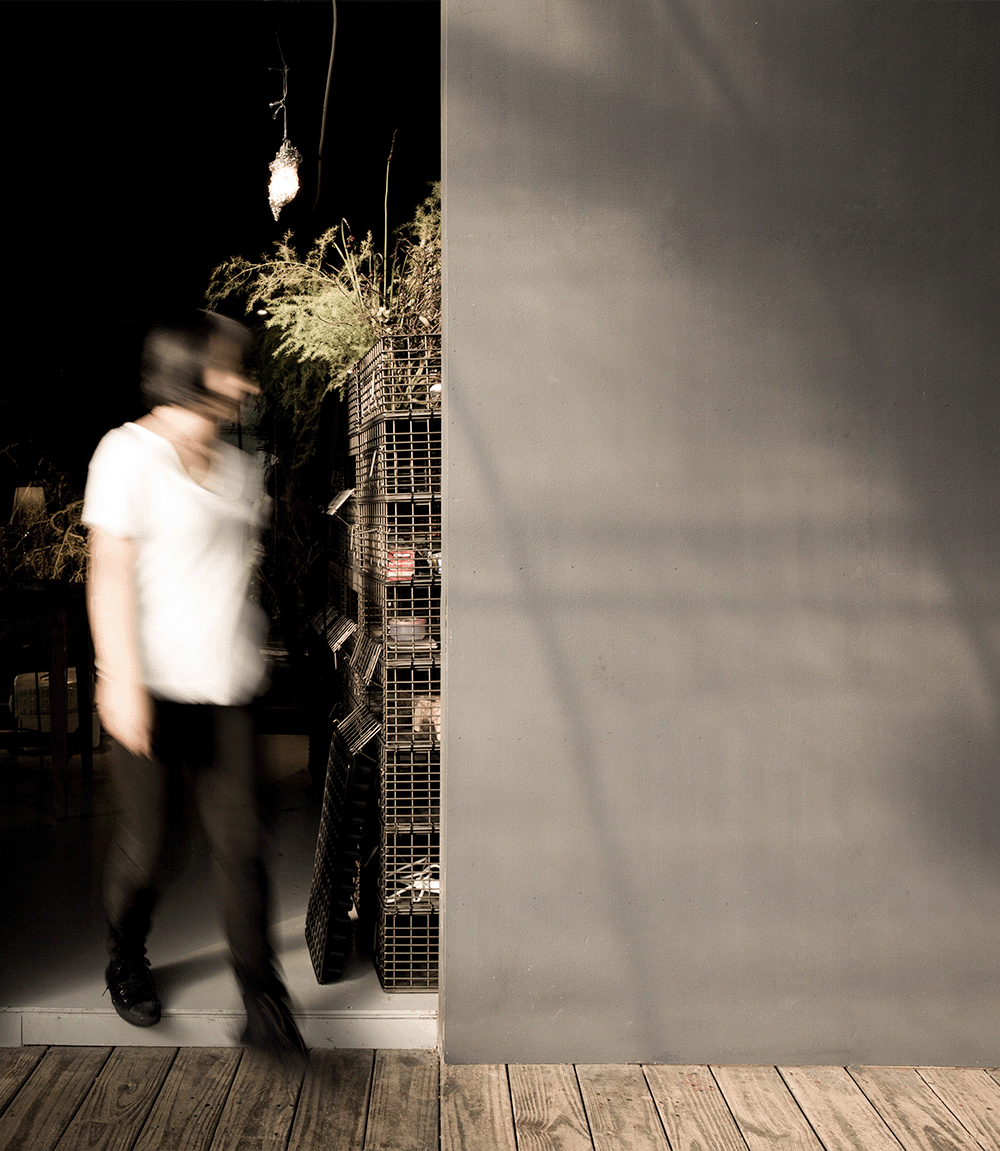
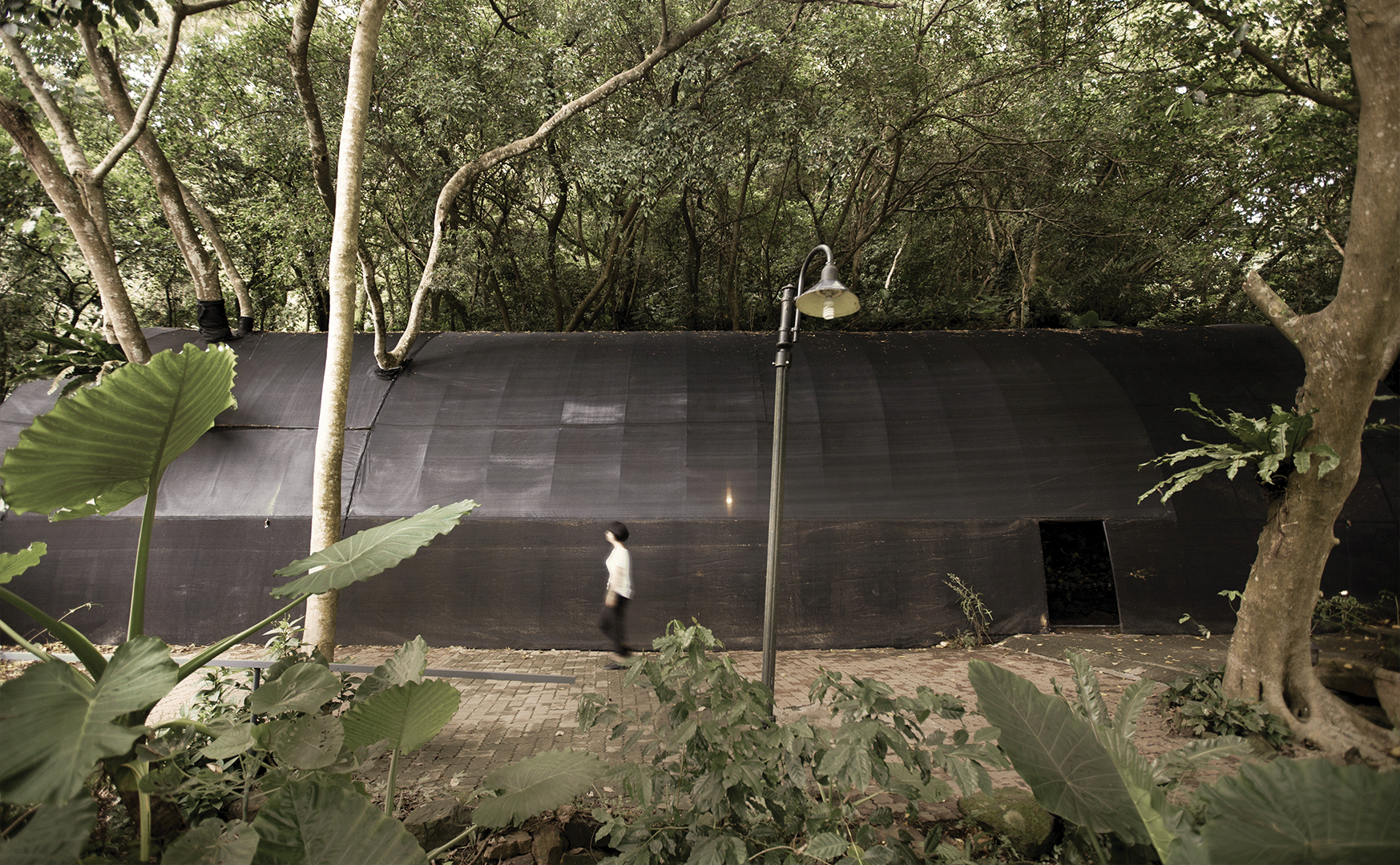
siu siu - Lab of Primitive Senses, designed by DIVOOE ZEIN Architects in Taipei, is a prominent project we come across when discussing this subject. Designed in 2014 on an island where tropical climate prevails and alpine forests form the typical vegetation, the siu siu project is located on a sloping hill. The project focuses on the primitive habits and emotions of human beings in nature and is described as a “Learning Domain in Nature” by the design team. It is a workshop area between the urban space and natural forest. The space of primitive emotions, which originally emerged as a result of research into the teaching power of nature, also functions as a collaborative space. Events held here take place with the participation of botanists, traditional medicine researchers, climate change experts, spiritual experts, aboriginals and yoga instructors. The results obtained from the experimental research and activities are also published and shared often.
The workshop structure is integrated with the natural environment. With its opaque, semi-transparent, and transparent surfaces, it invites in daylight with various light refractions to the semi-open, open and closed spaces. Some of these different spaces open up to garden areas with these plays of light, elevating the feeling, hearing, and resting process as an integrated experience. An 8-meter-high and 20-meter-long shell is articulated to the main structure of the workshop. From the structural design to the interior elements, the building displays a sensibility to the environment and local culture.
This cover-net system, used in the design of the shell added to the workshop, is not a mere building element but is an element that reflects Taiwan's cultural agricultural landscapes. The shell also creates a new space between the interior and exterior, allowing the building to be ventilated, creating semi-shaded areas and wind control. The trees that make up the natural vegetation, on the other hand, extend from this intermediate space towards the sky to become a prime example of spatial healing.
Regarding the recovery, the team states, “In addition to architecture and design, we also achieved healing through the environment we built and the workshop we planned within the studio.”
As a matter of fact, siu siu represents the fact that healing is not a single-direction journey, but rather that it must be built on a multi-faceted foundation. Along with the design and activities, it allows the visitors to be alone with themselves in nature while making it possible to listen to nature, learn from it and feel with it. Thus, the space creates a new prescription for healing. Along with physical activities such as clean air, natural practices, cultivating the soil, adding value to the geography, and meditation, the workshop structure offers a salutogenic space design for physical and spiritual healing. Offering itself as a passageway for the spiritual journey and physical healing, siu siu integrates the spirit of the surrounding natural environment at its core, presenting the scents of the local geography, the textures of a tropical climate with the simple sounds of cicadas.
